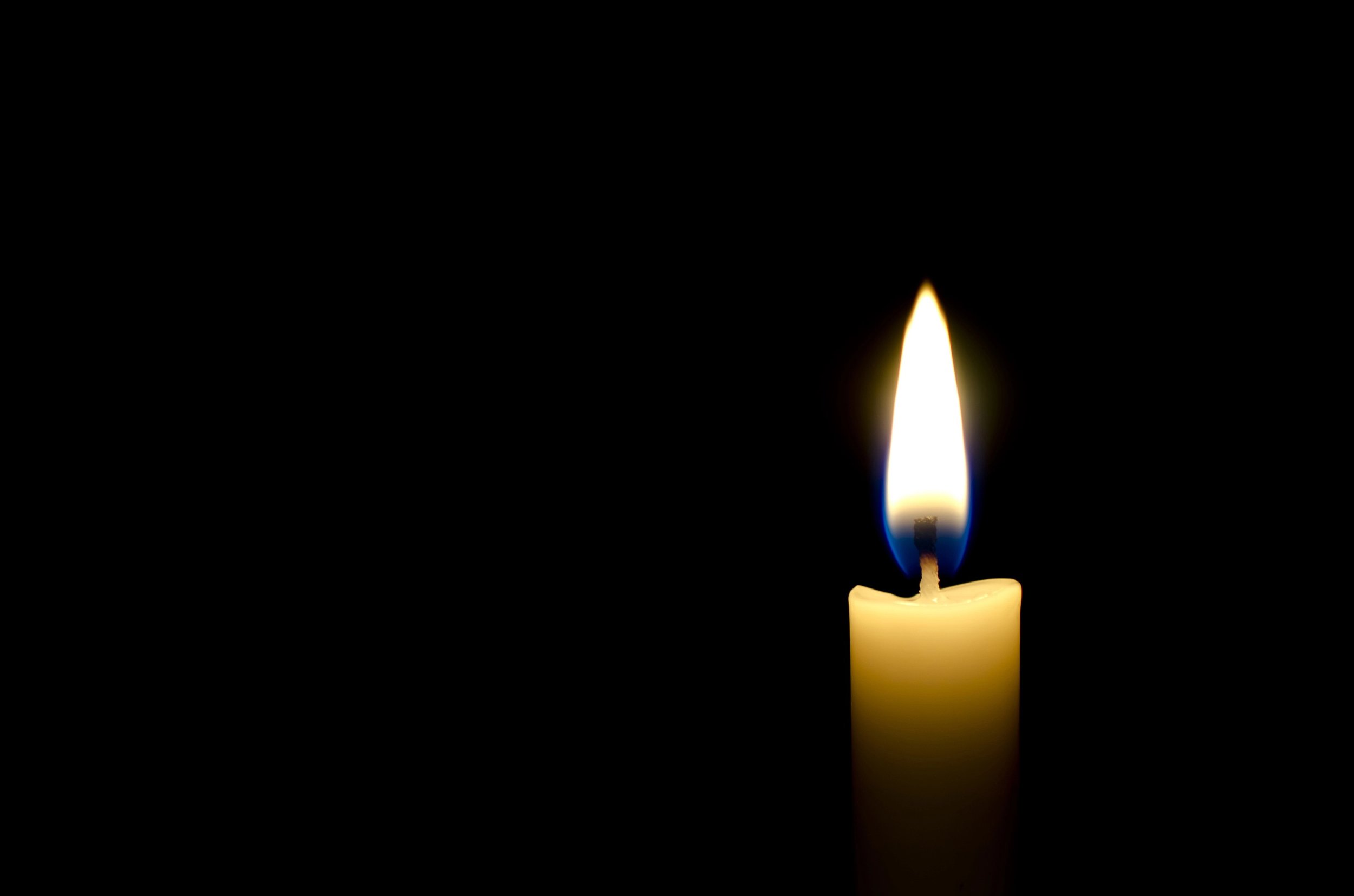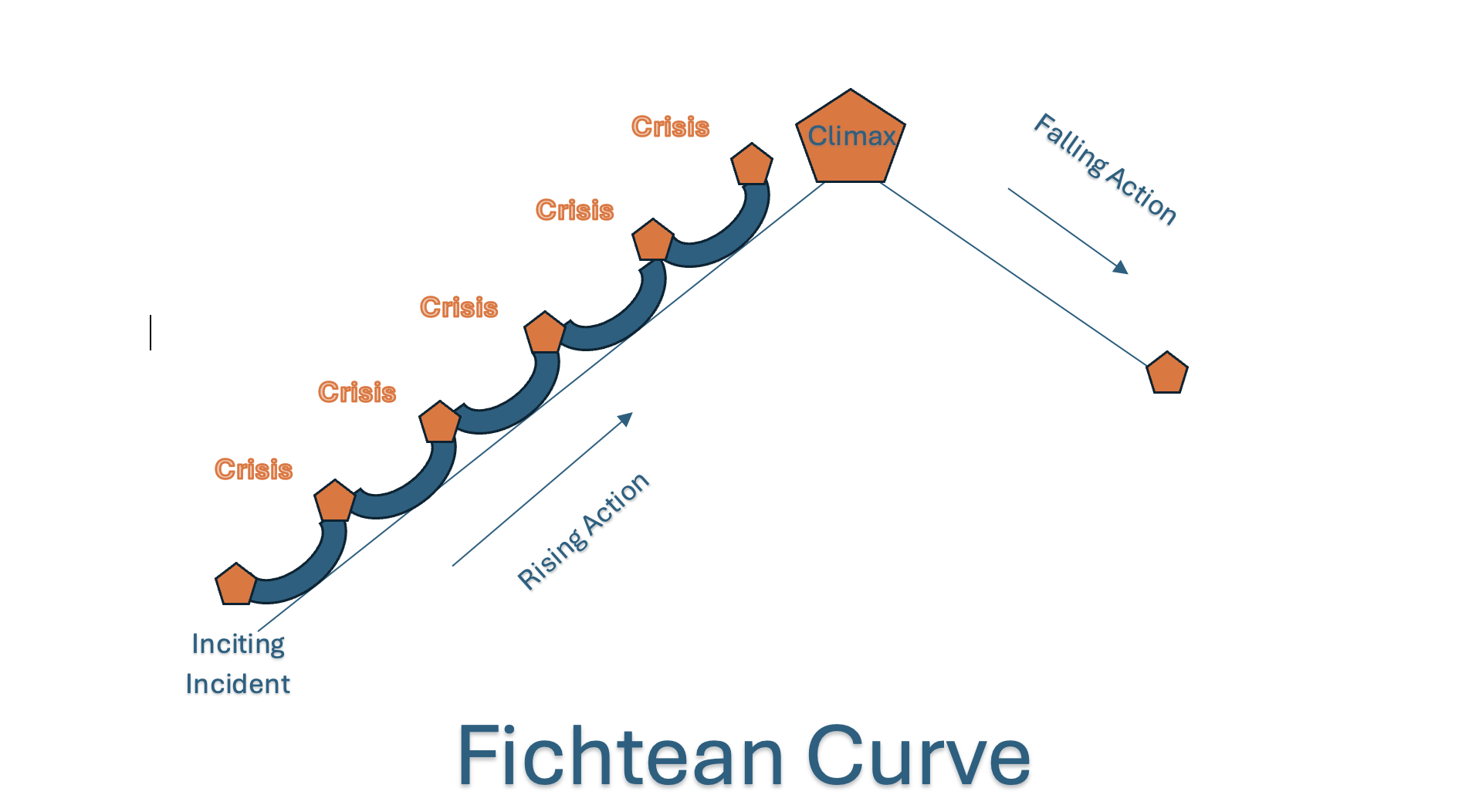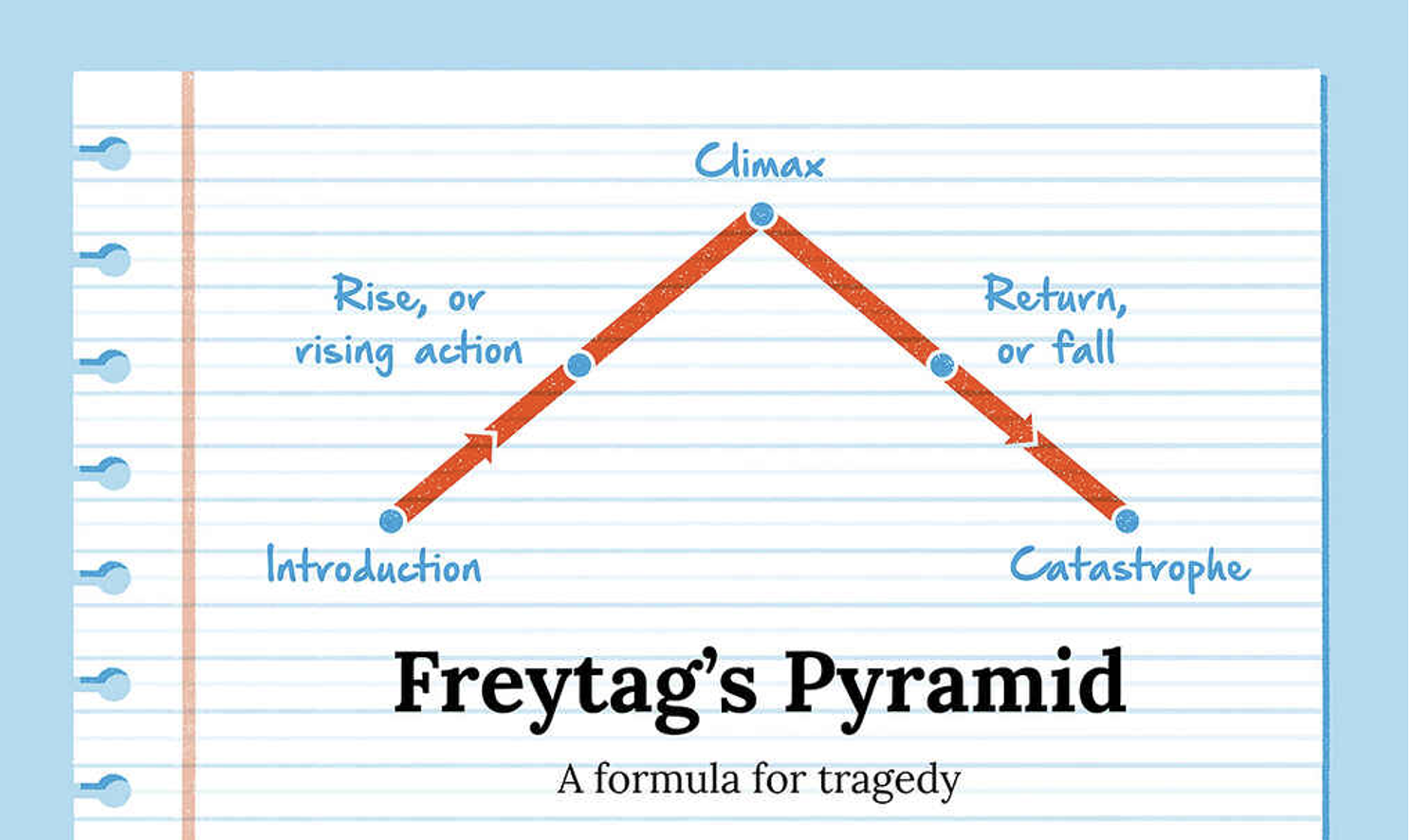What is the Love Genre?
Pauline J. Grabia participates in the Amazon Services LLC Associates Program, an affiliate advertising program, and earns from qualifying purchases from links in this post.
Please subscribe to my email newsletter for updates on my website and blog, and exclusive access to exclusive material in the Subscriber Content page of this website (see menu bar above). New content will be added regularly. You can sign up in the form found in the footer of this page. Thank you!
My Favorite Genres
Over the past few weeks, we have explored genres and described the two external content genres I tend to write the most: the Thriller Genre and the Love Genre. Last week, we explored the Thriller Genre. This week, the focus will be on the Love Genre, also known as the Romance Genre.
Defining the Love Genre
The Love (Romance) Genre is a category in literature that includes stories that showcase “a love story where two people overcome adversity to obtain their happily ever after.” (MasterClass, 2021) These stories may fall under either literary or commercial fiction, though most love (romance) novels are mass-marketed commercial fiction. The focus of the external story in the Love genre is connection in various forms that include “desire, commitment, and intimacy, allowing readers to identify with the lovers as protagonists.” (StoryGrid, 2023) The value of the story exists on the hate-to-love spectrum, evoking feelings of romance in the reader. Themes explored include “passion, intimacy, and emotional connection between characters.” (Hellerman, 2023) These stories dig deep into the complex nature of human relationships.
According to Jason Hellerman of the website No Film School, there are several tropes found in the romance genre, including:
· Love at First Sight.
· Opposites attract.
· Second Chance Romance.
· Forbidden Love.
· Love Triangle.
· Misunderstandings and Obstacles.
· Happily Ever After.
Most of these tropes are common and obligatory conventions of the Love genre, as will be explored shortly.
The Anatomy of the Love Genre
StoryGrid.com describes the structure or anatomy of the love genre by defining the general controlling idea of Love stories and through the lens of the Four-Core Framework developed by Shawn Coyne in his book, The Story Grid: What Good Editors Know. (Coyne, 2015)
StoryGrid presents the general controlling idea (theme) of the Love genre and all stories that fall within it: "Love triumphs when lovers overcome moral failings or sacrifice their needs for one another. Love fails when the lovers don’t evolve beyond desire.” (StoryGrid, 2023) In the Love genre, they contend the core need in the story is one of connection, of being seen and known intimately by another. The core value that drives the love story is the spectrum of hate to love, with all the gradations between the two. Hate can sometimes take the form of indifference, or it can be hatred that masquerades as love. On the love side of the spectrum, it can be displayed in subgenres that include obsession (driven by desire), courtship (driven by a need for commitment), or marriage (driven by a need for emotional intimacy). The Love story generates the core emotion of romance in the reader. These stories allow readers to vicariously feel romance with the protagonists without taking the risk. Finally, the core event of the proof of love is the fourth core of the framework of the Love genre—the climactic scene of the love story where it becomes obvious that the “power of two is exponentially greater than the power of one.” (StoryGrid, 2023)
Conventions of the Love Genre
Savannah Gilbo of SavannahGilbo.Com lists eight necessary elements or conventions in a story for it to fall in the Love or Romance genre. (Gilbo, 2023) They are the following:
1. A Love Triangle:
What would a love story be without a good old-fashioned love triangle? This usually takes the form of one or both protagonists having a rival love interest to the primary love story.
2. Helpers and Harmers:
There must be characters who both support and encourage the relationship between the lovers and those who vehemently oppose it.
3. Specific External Goal:
The protagonists must have some goal that exists outside the relationship aspect of the story.
4. Masculine and Feminine Sensibilities:
This might also be known as opposing approaches to love and life, the yin and yang difference between the lovers. Together, they balance the extremes out and create a greater harmony.
5. External Conflict:
Usually tied to the external goals of the protagonists, these can act as forces that act as conflict for the love match as well.
6. Internal Conflict:
This conflict occurs inside the protagonists/lovers that also stand in the way of the love match.
7. Secrets:
Every love story contains secrets that can take various forms, including secrets that society keeps from the lovers, secrets the lovers keep from society, and secrets the lovers keep from each other.
8. Intimacy Rituals:
These are the shared habits, traditions, jokes, and private language the lovers share in the story.
9. Internal Change:
The lovers have traits that stand in the way of love and must change or grow as people to overcome these hindrances.
10. A Happily Ever After (or Happily For Now) Ending:
The reader has been looking forward to this throughout the story. Without this, the story falls flat, leaving the reader disappointed.
Obligatory Scenes of the Love Genre
Just as there are necessary elements or conventions that must exist in a story for it to fall in the Love genre, there are scenes that must take place to prevent the story from falling flat and missing the mark for the genre. StoryGrid lists six of them and refers to them as “obligatory moments.” (StoryGrid, 2023) They are:
1. The Lovers Meet:
The lovers must meet each other for the relationship to begin. In some stories, the lovers might already know each other, but they must meet up at some point during the story.
2. The First Kiss or Intimate Knowledge:
There must be some form of intimate exchange like a kiss, handholding, or some other form of interplay that indicates the desire or attraction between the lovers.
3. The Confession of Love:
One of the lovers must confess the depth of their feelings or desire for the other lover in the story. This confession may or may not be reciprocated.
4. The Lovers Break Up:
Something must come between the lovers and threaten any future relationship. This can be a voluntary or involuntary break-up.
5. The Proof of Love Moment:
This is the climactic moment of the Love story, where the lovers make altruistic sacrifices for each other to display their love. The act must be sacrificial, without any expectation of receiving what they want as a result.
6. The Lovers Reunite:
They must come back together to commit (or not) to the Happily Ever After or Happily For Now ending the reader has been promised and anticipates throughout the story.
Love Genre Examples in Literature and Film
There are many examples because the Love genre has a huge market in all its combinations and permutations, falling under three general sub-genres. (StoryGrid, 2023) These stories can be both cautionary and prescriptive in nature and include the following:
· Obsessive Love Stories: The Great Gatsby, Damage, Romeo and Juliet
· Courtship Love Stories: Pride and Prejudice, Brokeback Mountain, An Affair to Remember (1957)
· Marriage Love Stories: Marriage Story (2019), War of the Roses (1989), Kramer vs. Kramer (1979)
I love a thriller with a strong love story subplot or a love story filled with suspense and adventure. What are your favorite genres? Are you a sucker for a good romance, too? Let me know in the comments. Tell me which love stories, both in literature and film, are your favorites.
Works Cited
Coyne, S. (2015). The Story Grid: What Good Editors Know. New York, NY: Black Irish Entertainment LLC.
Gilbo, S. (2023). "The 10 Things Every Romance Novel Needs". Retrieved from Savannah Giibo: www.savannahgilbo.com/blog/romance-conventions
Hellerman, J. (2023, March 6). "We Love the Romance Genre in Film and TV (Definition and Examples)". Retrieved from No Film School: www.nofilmschool.com/romance-genre-definition-examples#
MasterClass. (2021, August 20). 6 Common Romance Subgenres to Guide Your Writing. Retrieved from MasterClass.com: www.masterclass.com/articles/common-romance-subgenres-to-guide-your-writing
StoryGrid. (2023). "Love Genre: Stories About Obsession, Courtship, and Marriage. Retrieved from StoryGrid.com: www.storygrid.com/love-genre
Please subscribe to my email newsletter. By subscribing, you will receive advance notice of upcoming blog posts, news updates about my website and publishing journey, and exclusive content available only to subscribers on my Subscriber Content page. This content currently includes the Prologue and Chapters Eleven through Twenty-Five of my novel Filling the Cracks, the first ten chapters available to the public on my blog. If you want to read the novel's conclusion, subscribe! You can begin with Chapter One here if you haven’t read Filling the Cracks.
Check out my social media accounts and return for another informative post next week. May God bless you richly!
Pauline J. Grabia





In previous posts, we have explored various forms of story structure, including Freytag’s Pyramid, the Fichtean Curve, and the Hero’s Journey. Each of these is an effective story structure for a writer, depending on the narrative. The Three-Act Story Structure is one of the most used story frameworks in literature and film. This structure divides the story into three main sections or acts: Act 1, the Setup (or Beginning); Act 2, the Confrontation (or Middle); and Act 3, the Resolution (or Ending). This will not be a comprehensive exploration of the three-act structure, as there are other blogs listed at the end that do a much better job than I could of deeply examining the elements of this structure.